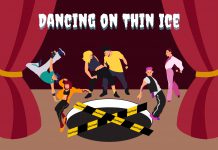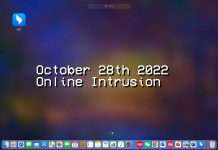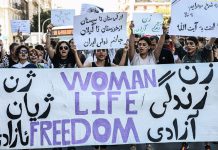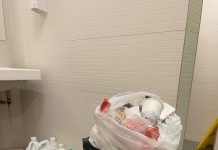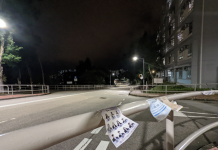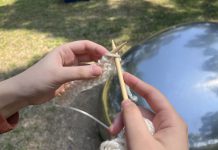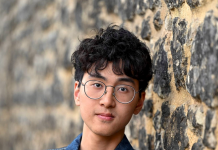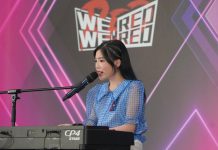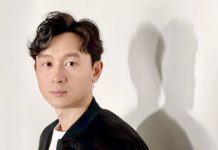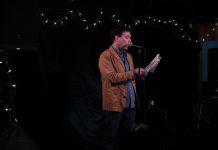Ma Siu-leung, one of the authors of the report, is a former secondary school principal and led the government’s implementation of its 5-Year-Strategy of IT Education in Hong Kong. He thinks the guidelines given by the Education Bureau are vague and schools have little idea of how to use the money.
He says when it comes to STEM education, schools put a lot of emphasis on hands-on experience when in fact, theory is just as important.
“You cannot be a scientist through hands-on experiences only,” Ma says. “How do you launch a rocket if you know nothing about calculus?”
He stresses that practical experience and theory are inseparable and should be complementary. However, he thinks today’s students lack depth and breadth in scientific knowledge.
Ma believes there is a bottleneck in the development of STEM in Hong Kong due to a lack of well-trained teachers and a limited potential talent pool which can be traced back to the secondary curriculum.
In writing their report, the authors observed that fewer senior secondary and post-secondary students are enrolled in science and mathematics classes and, as a result, limit their career choices.
They noted that before entering senior secondary education, Hong Kong students perform well in mathematics and science. This is evidenced in their attainments in large-scale worldwide standardised assessments such as the Programme for International Student Assessment (PISA) and the Trends in International Mathematics and Science Study (TIMSS), which have been used for presenting points of comparison for education policy makers.
However, these attainments are not sustained. Ma says very few students engage in STEM-related activities at senior secondary level because many of them are trying hard to work the system, by using the least effort to get into university.
As part of the educational reform in 2009, the division of students into science and arts streams for Advanced Level (AL) exams for university admission was scrapped. This was so that students could develop in a holistic way. Under the current system, three years of study at senior secondary level is followed by a four-year degree course at university. The Diploma of Secondary Education (DSE), which replaced the Hong Kong Certificate of Education Examination, allows students to choose their electives across science and humanities electives.
On top of Chinese and English language, liberal studies and mathematics are now compulsory subjects. To enter university, students are required to score a minimum of 3-3-2-2, which means attaining level 3 in Chinese and English and level 2 in mathematics and liberal studies. This means they inevitably spend more time on the mostly language-based core subjects at the expense of other subjects like extended mathematics modules, known as M1,M2 and science electives.
While the intention was to encourage students to take both science and humanities subjects resulting in more all-rounded development, the reality is an increase in the percentage of students who do not take any science subjects at all. The proportion rose from 43 per cent in 2011/12 to 46 per cent in 2015/16. Figures also show that only 54 per cent of candidates took at least one science subject last year and 54 per cent of the cohort took only one elective.
Another new attempt to broaden students’ knowledge was the introduction of combined science in which students pick two subjects out of physics, chemistry and biology as one elective. Combined science has one of the lowest enrollment rates. Around 60 percent of schools offered the elective in 2011 but only around 10 percent of students took it. In 2015, the number of schools offering it fell to less than 20 per cent and with just 5 percent of students taking it.
Venessa Luong Ngai-po, a 19-year-old second year engineering student in the City University of Hong Kong, was one of the few who did take it (choosing chemistry and biology). The curriculum covers around 70 percent of the syllabus for each full science subject and Luong says the lack of comprehensiveness affects her understanding. “Combined science shouldn’t even exist,” she says, adding that the remaining 30 per cent missing from the syllabus is essential.
The problem extends to maths. Whereas 25 per cent of A-Level candidates enrolled in advanced mathematics, only 23 percent of DSE students enrolled in the courses for higher level mathematics, namely extended mathematics in calculus and statistics (M1) and extended mathematics in algebra and calculus (M2), in 2012. In 2016, this dropped to 14 per cent.
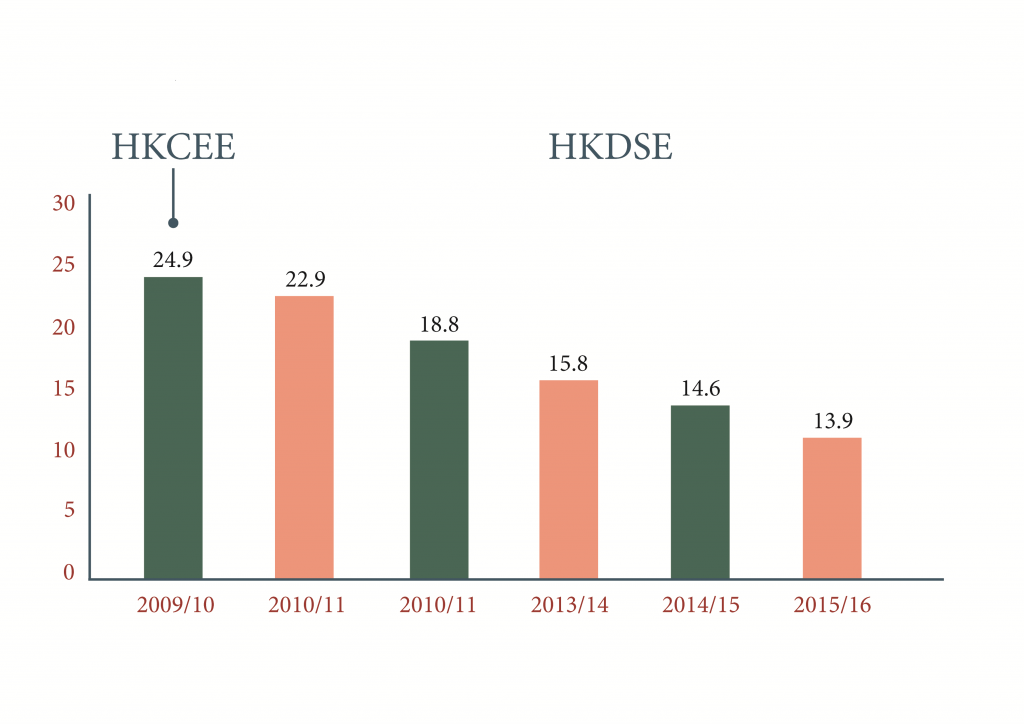
Source: The Survey on Senior Secondary Subject Information
Tony Tsang Ho-lam, a first year engineering student at the Chinese University of Hong Kong (CUHK), decided not to take M1/2 in DSE as he wanted to focus on other subjects, and because not all university programmes recognised them as a full subject. Although he is taking foundation courses provided by the faculty to catch up, it is not easy to do so in a short time.
Professor Henry Wong Nai-ching from ASHK is also dean of CUHK’s Science Faculty and a chemistry professor. He recalls that he studied additional maths at high school and pure maths before university. Even then, he took a further two years studying advanced calculus at university and still regards the maths education he received as insufficient.
“Many kids now don’t take M1/2; what can we do when they come to university?” he shrugs.


